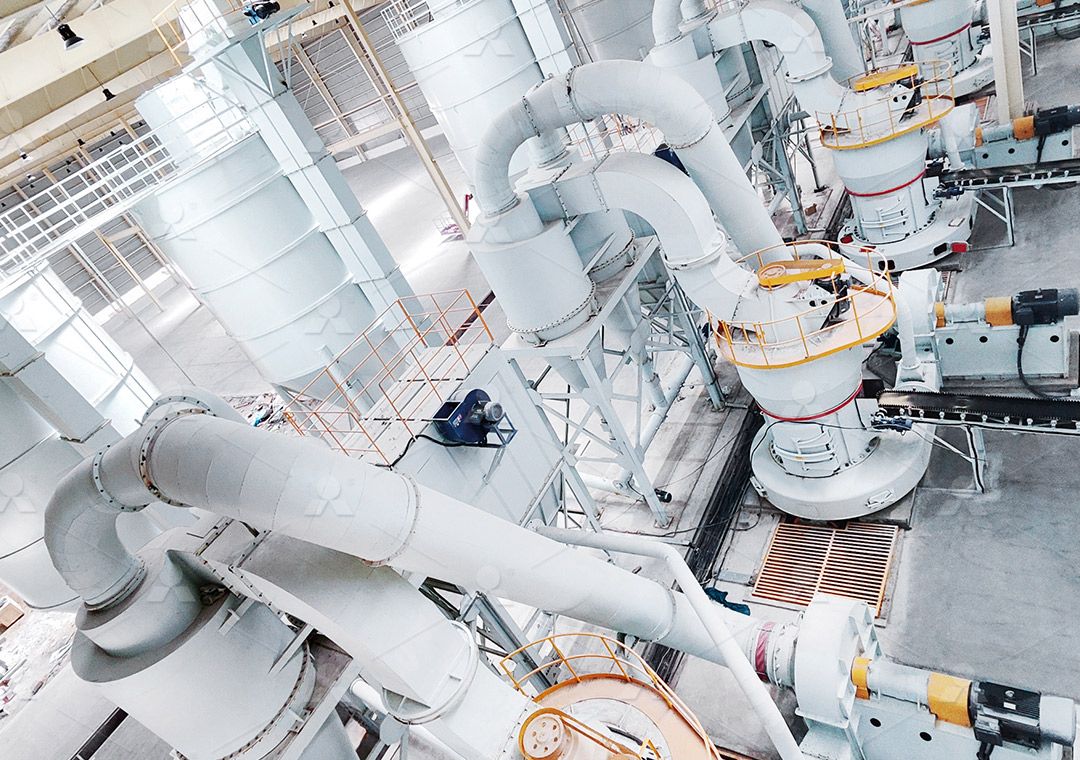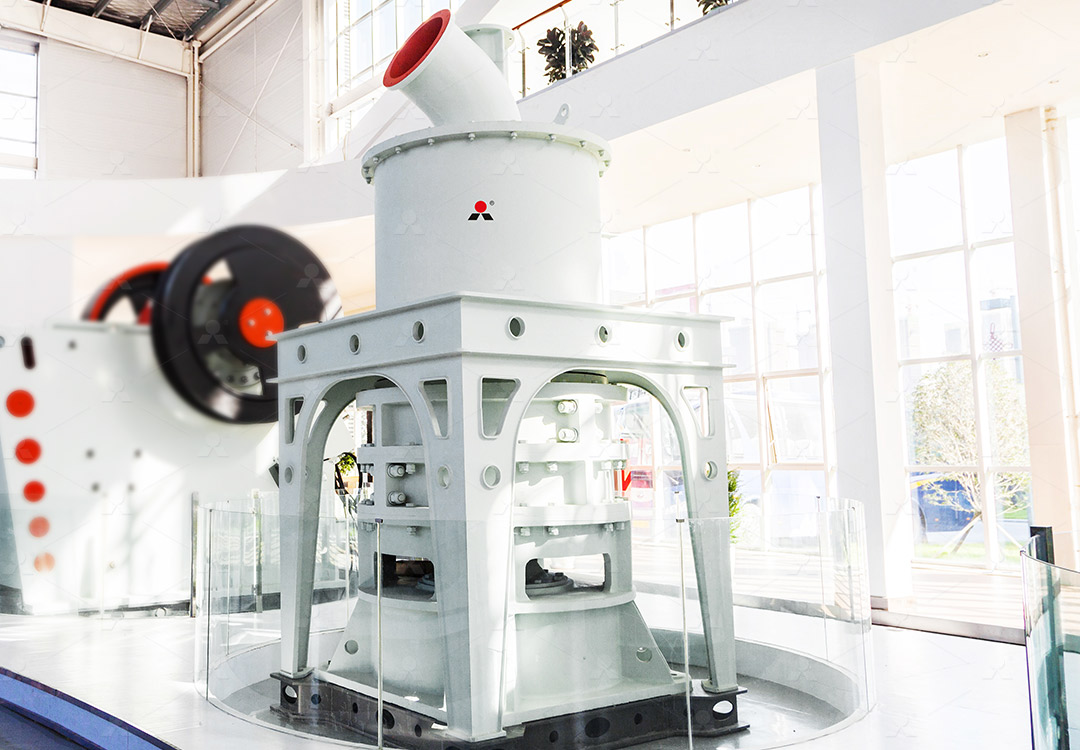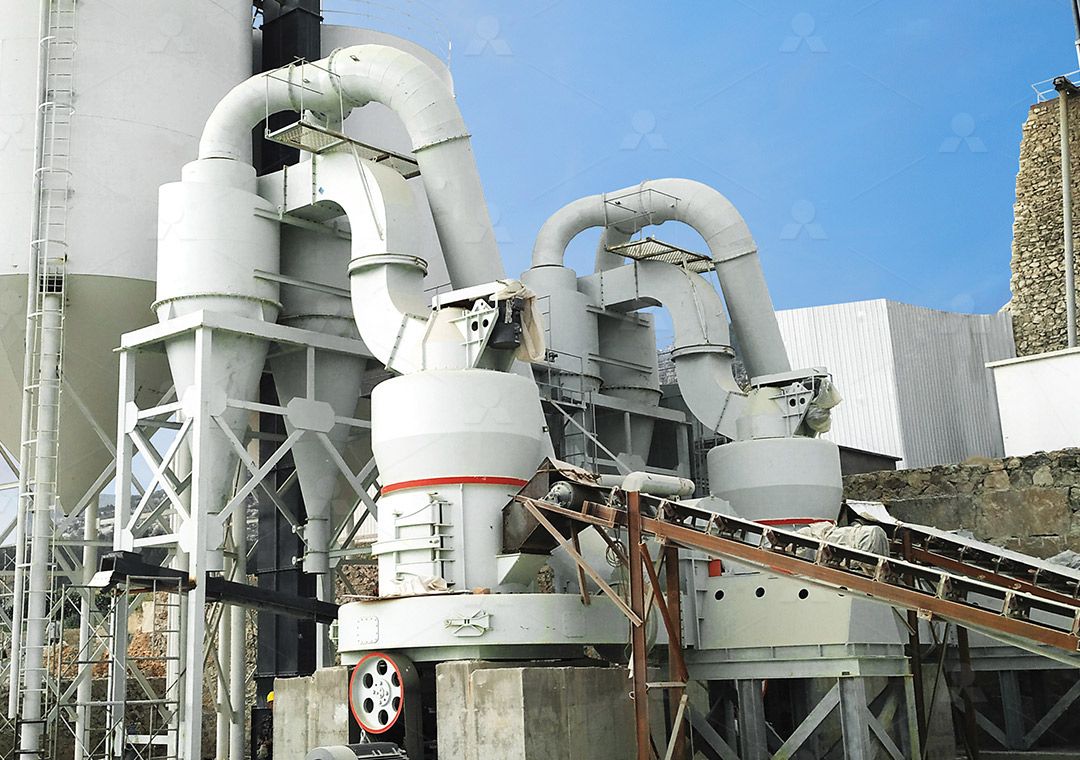Is Limestone Easy to Grind? A Detailed Analysis
Is Limestone Easy to Grind? A Detailed Analysis
As a fundamental raw material across numerous industries, limestone’s grindability remains a frequent topic of discussion among processing professionals. The short answer is: yes, limestone is generally considered one of the easier materials to grind, but the complete picture requires deeper examination of several critical factors.
Limestone, composed primarily of calcium carbonate (CaCO3), typically falls within the medium-hardness range on the Mohs scale, registering between 2.5 and 3. This moderate hardness makes it more friable than many industrial minerals, allowing for efficient size reduction with appropriate equipment. However, variations in limestone composition—including silica content, moisture levels, and the presence of other minerals—can significantly impact grinding efficiency and final product quality.

Key Factors Influencing Limestone Grindability
Several variables determine how efficiently limestone can be processed:
Hardness and Composition: Pure calcium carbonate grinds relatively easily, but the presence of quartz or other hard minerals can dramatically increase wear on grinding components and reduce throughput. Limestone with silica content above 5% typically requires more specialized equipment and increased energy consumption.
Moisture Content: Optimal grinding occurs with moisture levels below 5%. Higher moisture can lead to material agglomeration, reduced classifier efficiency, and potential blockages in the grinding system. Modern mills often incorporate drying capabilities to address this challenge.
Feed Size Distribution: Consistent, properly-sized feed material (typically below 20mm) ensures stable mill operation and prevents uneven wear patterns. Pre-crushing to appropriate dimensions significantly enhances grinding efficiency.
Desired Fineness: The target particle size distribution directly impacts equipment selection and operational parameters. While coarse grinding (100-325 mesh) presents few challenges, achieving ultra-fine powders (600-2500 mesh) requires specialized technology.
Advanced Grinding Solutions for Limestone
For operations requiring high-precision limestone powders, traditional ball mills often fall short in efficiency and particle distribution control. Modern grinding technology has evolved to address these limitations with sophisticated engineering solutions.
Our MW Ultrafine Grinding Mill represents a significant advancement in limestone processing technology. Designed specifically for customers requiring ultra-fine powder production, this system handles feed sizes up to 20mm with capacities ranging from 0.5 to 25 tons per hour. The innovative design features higher yielding capacity with lower energy consumption—achieving 40% higher production capacity compared to jet mills and double the output of ball mills with equivalent power consumption.

What sets the MW series apart for limestone applications is its adjustable fineness range between 325-2500 meshes, accomplished through German-engineered cage-type powder selector technology. The system’s unique chamber design eliminates rolling bearings and screws within the grinding zone, preventing contamination and mechanical failures while enabling external lubrication without production stoppages.
For operations requiring different throughput parameters, our LUM Ultrafine Vertical Grinding Mill offers complementary capabilities with input sizes up to 10mm and capacities of 5-18 tph. Its unique roller shell and lining plate grinding curve design generates material layers more effectively, producing higher quality finished products with improved whiteness and cleanliness.
Environmental and Operational Considerations
Modern limestone grinding must address environmental regulations alongside production requirements. The MW Ultrafine Grinding Mill incorporates efficient pulse dust collection and noise reduction technologies, ensuring compliance with stringent environmental standards. The fully sealed system operates under negative pressure, preventing dust emissions while the integrated silencer maintains workplace noise at acceptable levels.
Operational reliability is enhanced through digitalized processing of core components, with numerical control machining ensuring precision across all critical surfaces. This manufacturing approach, combined with comprehensive spare parts support, minimizes downtime and ensures consistent product quality.

Conclusion
While limestone ranks among the more grindable industrial minerals, achieving optimal results requires matching material characteristics with appropriate technology. The development of advanced grinding systems like the MW and LUM series has transformed limestone processing, enabling producers to meet increasingly demanding specifications while controlling operational costs and environmental impact.
Frequently Asked Questions
Q: What is the optimal moisture content for grinding limestone?
A: For most grinding systems, moisture content below 5% provides optimal performance. Higher moisture levels can be addressed with integrated drying systems in advanced mills.
Q: Can the same equipment handle both coarse and ultra-fine limestone grinding?
A: While some systems offer flexibility, specialized equipment like the MW Ultrafine Grinding Mill is designed specifically for fine and ultra-fine applications (325-2500 mesh), delivering superior efficiency in this range.
Q: How does limestone composition affect grinding equipment selection?
A: High silica content (above 5%) requires more wear-resistant materials and may influence mill configuration. Our technical team can recommend specific configurations based on your limestone analysis.
Q: What maintenance considerations are specific to limestone grinding?
A: The MW series addresses common maintenance challenges by eliminating internal bearings and screws in the grinding chamber, with external lubrication systems enabling continuous operation.
Q: Can these systems achieve consistent particle size distribution for specialized applications?
A: Yes, advanced classifier technology in both MW and LUM mills ensures tight particle distribution control, critical for applications in plastics, paints, and pharmaceuticals.
